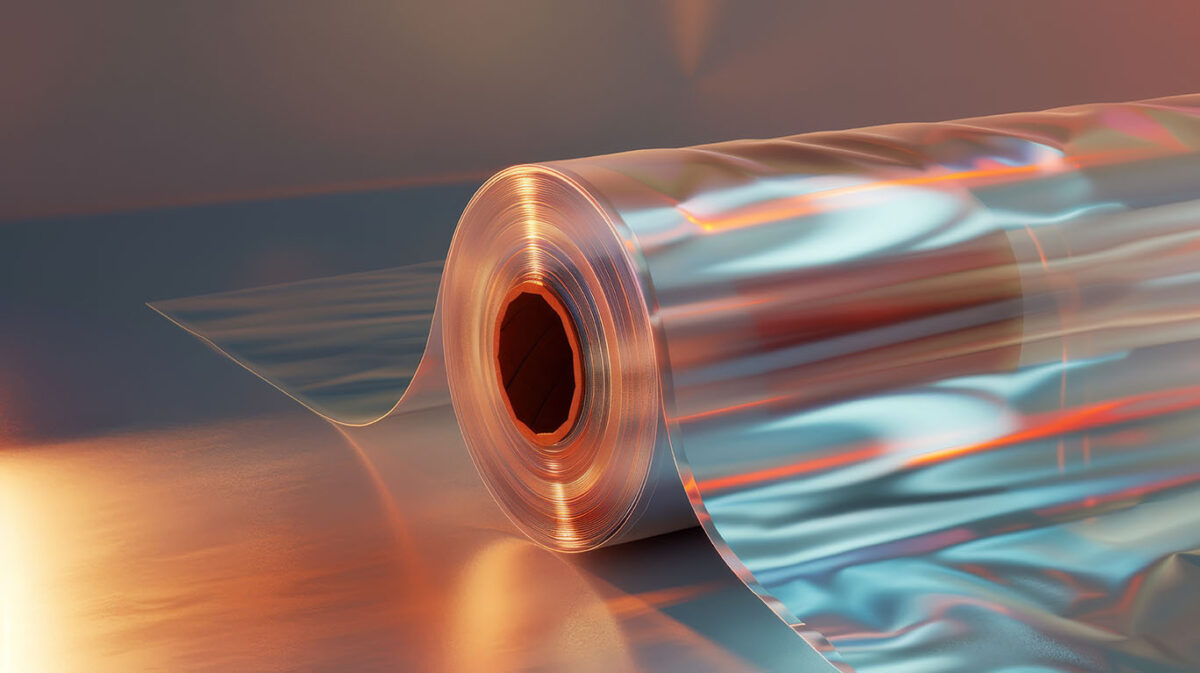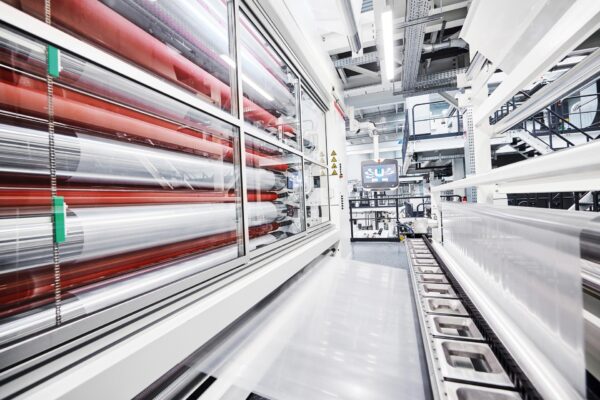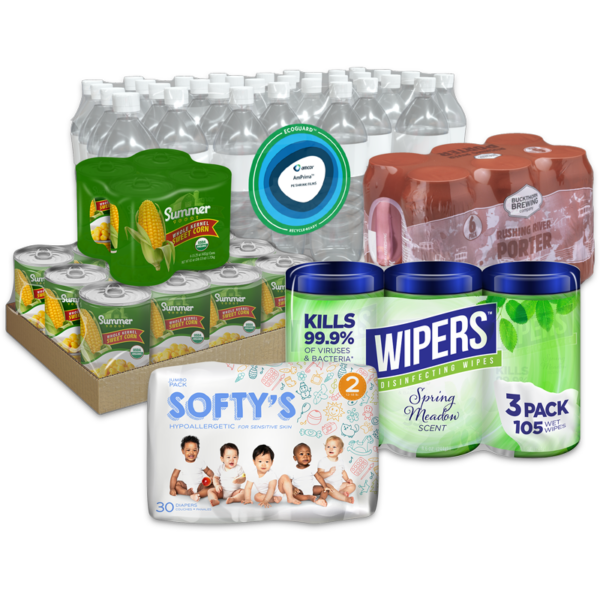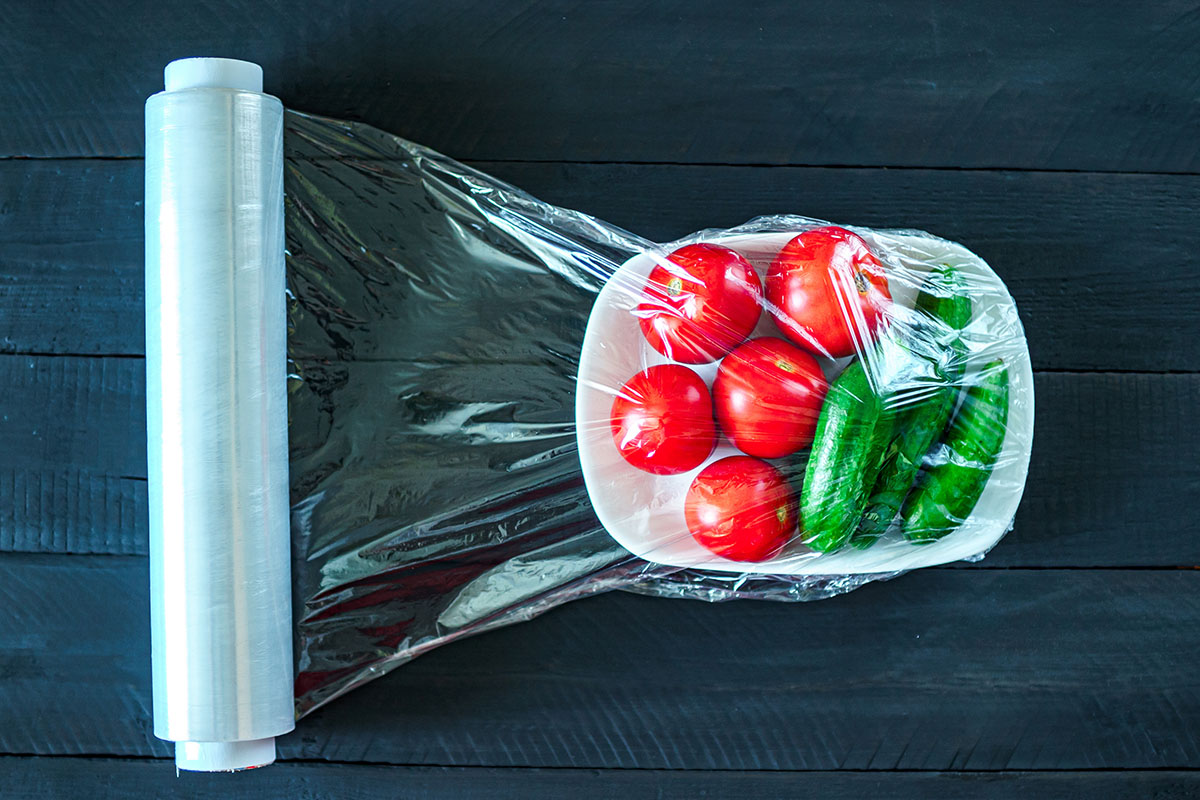Trends in Film Packaging – Shaping the Future

Flexible packaging enhances our daily lives by protecting the food and goods we buy. However, as new trends emerge, sustainability remains crucial in film-layer packaging.
Layering multiple materials – PE, PP and PET along with paper and aluminum – in various combinations provides exactly the protection required for various contents. Multilayer films keep out sunlight and regulate moisture and odors, particularly in food and healthcare applications.
You can also read: Plastic Films: Solvent-Recycling Solutions
The trend toward employing multiple film layers in packaging has continued for several years. For instance, Dow introduced a machine direction orientation (MDO) unit for the nine-layer blown film line and the enhanced cast film line at its Pack Studios innovation hub in Freeport, Texas. The MDO line handles food and specialty packaging, while the improved cast film line serves industrial and commercial needs.
Multilayer Film Innovations
According to Laetitia Sanchez, marketing director for Amcor Flexibles Latin America, key multilayer film innovations include simplifying material composition, reducing plastic use through paper integration, and incorporating recycled content. Moreover, Amcor has developed a full line of high-barrier paper-based solutions, further expanding the range of recycle-ready packaging options and reducing reliance on non-recyclable multilayer films. Consequently, these advancements enhance recyclability, promote circular economy principles, and ultimately lower carbon emissions.
Multilayer films “remain relevant,” asserted Lennart Ederleh, technical sales director of extrusion equipment for Windmoeller & Hoelscher. “One example is monomaterial solutions, which form the basis for the circular economy of flexible packaging due to their recyclability. However, monomaterial does not mean monolayer, as functional top layers are required for gloss, printability, sealability or heat resistance for sealing when replacing PET, for example.”

Windmoeller & Hoelscher’s MDO equipment might be used for PET replacement applications. Courtesy of Windmoeller & Hoelscher.
Monomaterial with Barrier Properties
Demand for monomaterial with barrier properties “is another driver for more layers,” Ederleh added. “The thin top layers often need to have specific properties, such as EVOH on the outside for metallization. Successfully developing and producing these films requires ongoing dialogue about film structures and the resulting custom design of the machines. This collaboration ensures that both the film and machinery are optimized for specific production needs. Key success factors include knowledge of the raw materials and understanding of the complete extrusion/production process.”
EVOH, or ethylene-vinyl alcohol copolymer, is renowned for its high barrier properties, resisting gases, hydrocarbons, oils, and organic solvents.
In a 2016 Plastics Engineering article, Windmoeller & Hoelscher noted an increase in requests for 11-layer blown film – and even inquiries into 15-layer options enabled by new resins and equipment capabilities. Examples of film constructions possible included 8 μm HDPE liner film to 11-layer barrier film with only a 1 μm EVOH layer.
Many Layers, Many Benefits
Compared with rigid packaging, multilayer flexible packaging offers numerous benefits:
- Requires less water and energy to produce
- Generates fewer greenhouse gas emissions
- Enhances transportation and storage efficiency
- Extends food shelf life to reduce waste
- Contributes less to landfill waste
“The industry is continually advancing the development of sustainable and eco-friendly flexible packages,” says Dani Diehlmann, interim director of the Flexible Packaging Association (FPA). “Efforts are focused on making packaging more cost-effective and efficient while maintaining critical attributes such as barrier properties, environmental impact, and product safety.”
The FPA’s “Flexible Packaging U.S. Market Profile & Segmentation Report” found that of all packaging structures:
- 51% are all-polyethylene
- 29% are multi-plastic
- 20% are multi-material
You can also read: Harmful Additives in Compostable Packaging

Amcor’s lineup of durable AmPrima® polyethylene (PE) recycle-ready shrink films. Courtesy of Amcor.
Sustainability Drives Innovation
Compared with rigid packaging, flexible multilayer packaging demonstrates clear eco-friendly benefits. Yet the many variations of multilayer film packaging raise other challenges in building a more sustainable, circular plastics economy – even when consumers can drop off post-use packaging at stores. And with only 1% of Americans able to access curbside film recycling, according to a 2021 report by The Recycling Partnership, rethinking plastic film packaging to optimize its advantages is a priority.
“Traditional benefits of multilayer coextrusion are still important factors, like cost reduction and improved performance, but the need for more sustainable packaging solutions is taking these concepts to a new level,” says Wesley Porter, director of business development for sustainability and Innovation at Berry Global.
Precision tailoring of film design and composition using multilayer coextrusion has brought breakthroughs, Porter explained, such as:
- Mono-material films and laminations: These can replace multi-material laminations to meet store drop-off recyclability requirements. Narrowing material choices to those more suitable for recycling often requires more complex film designs. These rely on discrete layers of engineered polyethylenes and materials compatible with polyethylene to balance application performance requirements.
- Downgauging and lightweighting: These support plastic reduction targets but retain key performance requirements by using high-performance materials.
- Eliminating substances of concern: For example, manufacturers can eliminate PFAS-based process aids by using multilayer coextrusion. They most effectively deploy other process aid technologies and materials that don’t require process aids in multilayer designs.

Optimizing the benefits of plastic film packaging through innovative thinking is a top priority.
Monomaterial Options for Film Packaging
Film makers are simplifying multilayer films by developing single-material alternatives that maintain desired performance characteristics, Amcor’s Sanchez explained.
“Monomaterial films are emerging as a key innovation to address this challenge,” she says. For instance, Amcor has introduced its AmPrima® recycle-ready, polyolefin-based solutions “as alternatives to traditional multi-material structures like PET/PE or PET/ALU/PE. These single-material films simplify packaging structures, making them easier to recycle and significantly reducing the carbon footprint.
Berry Global has created monomaterial options including:
- Omni Xtra PE film, a monomaterial PE film alternative to PVC that is designed for recycling.
- Entour Bold, which is transitioning to all-PE structures from multi-material laminations.
Replacing Foil with Metallized Plastic
Aluminum foil often serves as an essential layer of multimaterial films to keep out moisture and sunlight. But foil alternatives make for more eco-friendly packaging.
“Aluminum foil is being replaced with metallized plastic to make many mono-PE packages eligible for store drop-off without sacrificing barrier protection,” explained Alison Keane, former president and CEO of the FPA.
“Manufacturers are using bio-based plastics to reduce reliance on virgin resin, making some packages eligible for recycling and industrial composting. Innovations have advanced the inclusion of post-consumer content in food contact packaging, using both mechanically and chemically recycled plastic. These developments mark a shift from traditional non-food contact product segments, expanding sustainable practices in the packaging industry.”
However, such substitution depends on application, Keane added.
“While there have been innovations to replace barrier substrates like aluminum foil with mono-material protective layers or specialized active and inactive agents to increase the ease of recycling, these substitutions are not appropriate for all categories. Producers must weigh sterility, shelf life and the potential for increased food waste with the goal of circularity.”
PCR Materials
Replacing virgin materials with PCR in multilayer film packaging also promotes a circular economy.
“The packaging industry is shifting towards more sustainable multilayer films,” Sanchez says. “Standard multilayer films can be designed to incorporate recycled content and to be more easily recyclable.”
Multilayer film design overcomes quality and performance limitations of PCR, added Berry Global’s Porter. The company integrates PCR content into various solutions. This includes Earthsense Stretch Film and Earthsense Can Liners, among others. Additionally, it applies PCR in high-growth areas like PCR shrink bundling film and e-commerce mailer films with significant recycled content.
